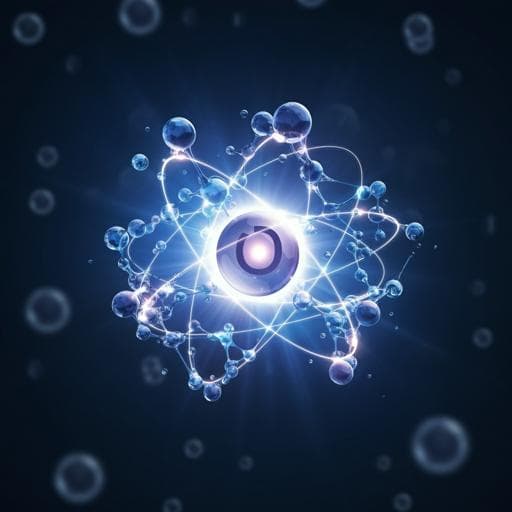
Chemistry
High-spin Co³⁺ in cobalt oxyhydroxide for efficient water oxidation
X. Zhang, H. Zhong, et al.
Discover groundbreaking advancements in the realm of oxygen evolution reaction with cobalt oxyhydroxide (CoOOH). This remarkable research led by Xin Zhang and colleagues reveals that high-spin state Co³⁺ CoOOH significantly enhances electron transfer rates, resulting in superior catalytic activity. Uncover the exciting implications of this innovative material for future electrocatalysts in energy applications.
~3 min • Beginner • English
Related Publications
Explore these studies to deepen your understanding of the subject.







